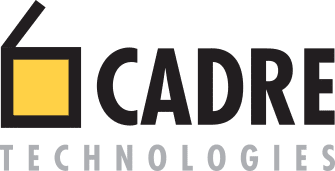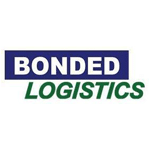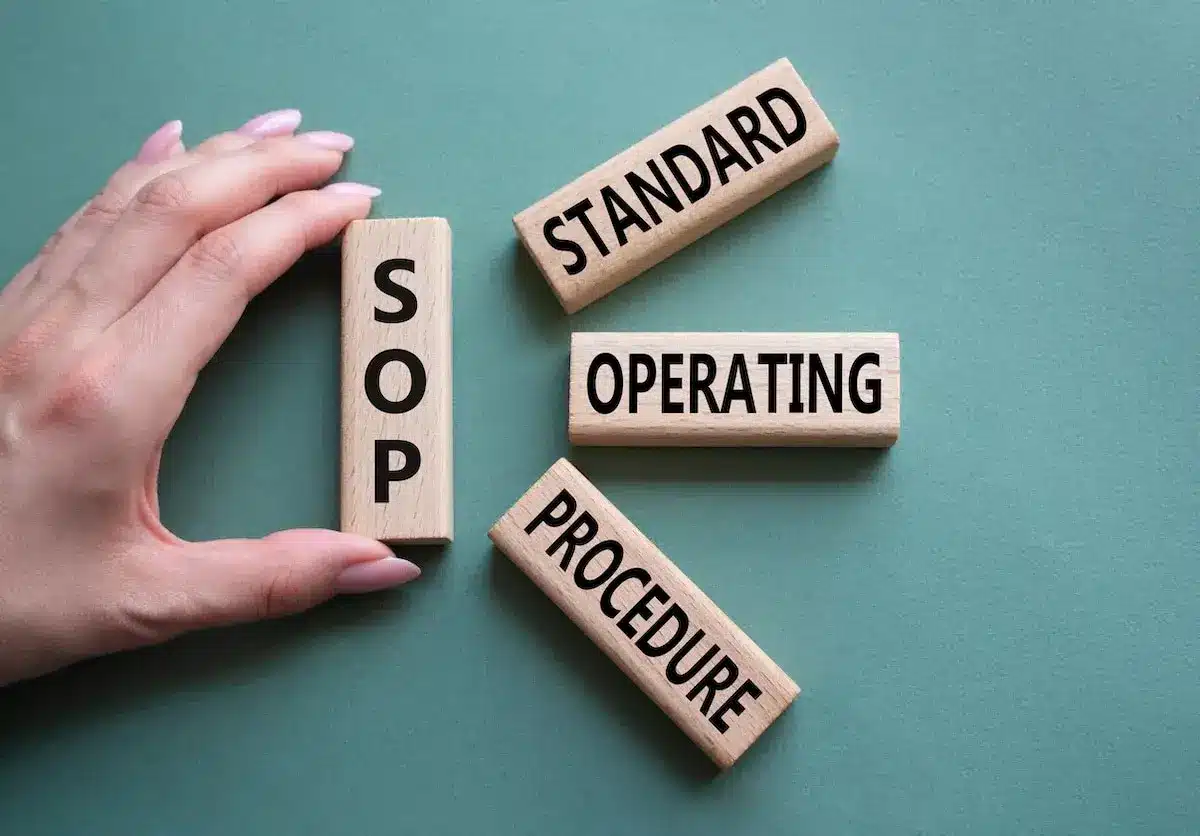How a WMS Helps You Manage People, Places, & Things
People (Users)
Cadence starts with people and how they interact with the system. Users access the warehouse system with the device most appropriate for their jobs and the work environment.
Places (Locations)
Cadence gives you flexibility to control the location of all inventories from receiving docks, to warehouse shelves and orders in motion. It keeps accurate, real-time records of every SKU by number, quantity, and unique storage location. Inventory receipts, movements or additions are recorded as they occur.
Things (SKUs)
Each product has different physical characteristics and handling requirements. Cadence SKU management includes the physical and logical characteristic required to direct the movement and storage of products.
People (Users)
Cadence starts with people and how they interact with the system. Users access the warehouse system with the device most appropriate for their jobs and work environment:
- Warehouse workers utilize mobile, wireless computers equipped with scanners and interactive browsers.
- Managers manage and control activity with desktop and web-based applications.
- Executives monitor progress and results on tablets via dashboard reports and notifications.
- Customers interact with the WMS via a web-based control system and dashboards which give them a view into the ‘transparent’ warehouse.
- Trading partners (retailers, suppliers, carriers, manufacturers) via electronic data transfer (EDI).
- IT managers can focus on operational matters when the infrastructure is managed in the cloud.
Cadence provides information and interactivity to help everyone do their jobs more effectively. Warehouse workers know where to go and what to do while providing automatic updates, as work as happens. It helps managers make better decisions, based on real-time updates about incoming orders, inventory, schedules and events. Customers have 24×7 visibility to data including orders and inventory.
Places (Locations)
Cadence gives you flexibility to control the location of all inventories from receiving docks, to warehouse shelves and orders in motion.
It keeps accurate, real-time records of every SKU by number, quantity, and unique storage location. Inventory receipts, movements or additions are recorded as they occur.
Dynamic locations and identifiers called ‘Moveable Units’ (MUs) are assigned to inventories at any stage of processing (receiving, storage, picking, and shipping). This helps track products in temporary and storage locations; and monitor product movements within receiving lanes, temporary positions, picking containers and on equipment.
Each lot, expiration date, etc. within a moveable unit is tracked at a detailed level. This provides the functionality for all product movement and inquiry functions from mobile computers and system workstations. It directs the worker to the correct and best location to fulfill the line based on the rules associated with the SKU. A worker can make an inquiry to determine the status through the warehouse on any location, SKU, or MU. Also, moveable units have unique attributes based on product characteristics (size, weight, temperature, security, etc.).
Things (SKUs)
Each product has different physical characteristics and handling requirements.
Cadence SKU management includes the physical and logical characteristic required to direct the movement and storage of products.
The system maintains all relevant data elements for each item in inventory, including lot, dates (expiration and manufacturing) and serial numbers. Typical elements include UPC number, company item number, weight, cube, dimensions, lot number and valid substitution items. Other elements include zone, environment codes, and inventory disposition (i.e. class code).
SKUs can have multiple units of measure in different locations to accommodate pallets, cartons and eaches (or other configurable units). SKU information is extended into classification (family, group & category), costing, pricing and even product images (photos), if available.










